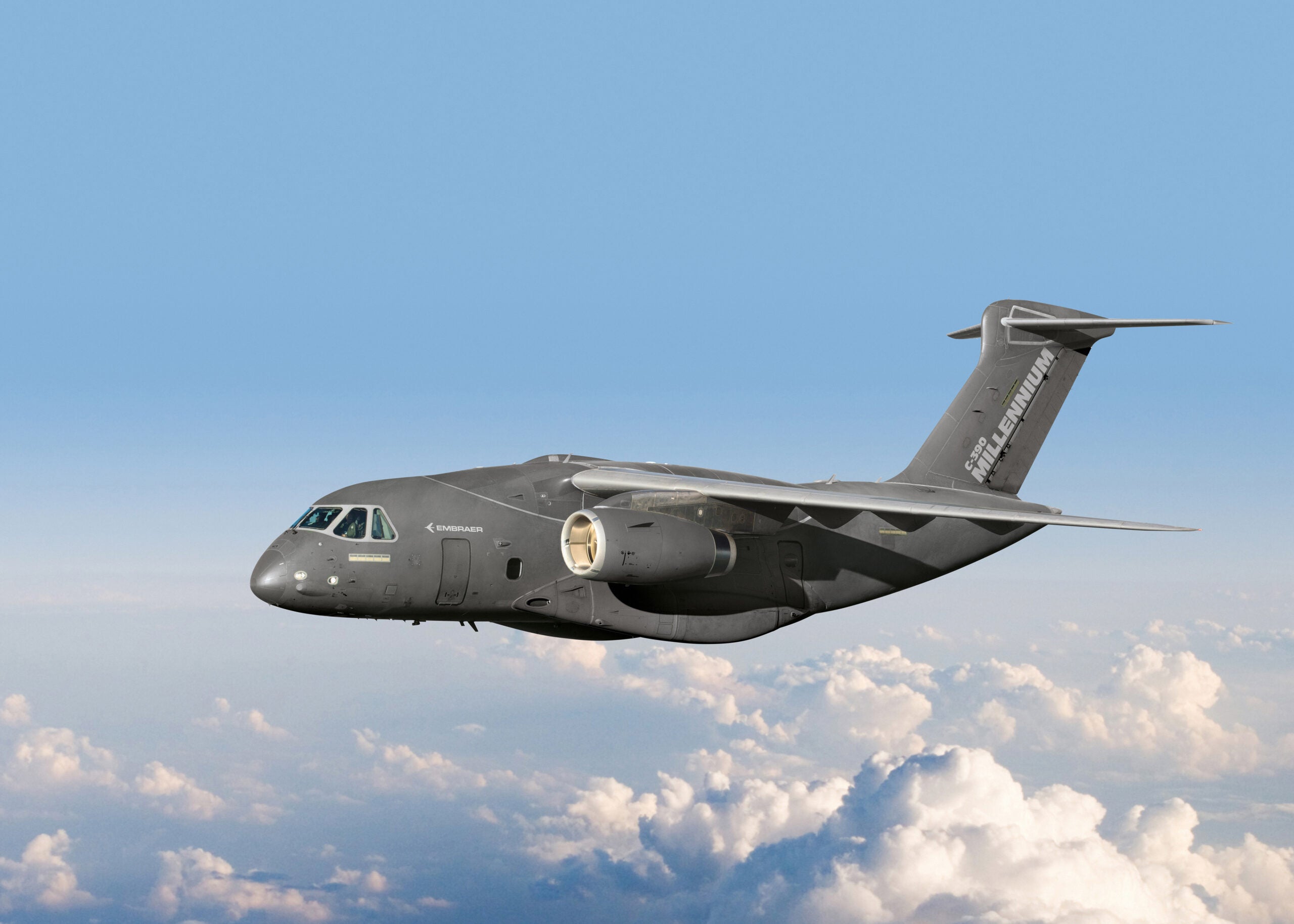스텔스 3대 핵심 기술 개발 위해 2030년까지 조성…대한항공·KAI 도전장 낼 듯

www.bizhankook.com
ADD to Push for Production of Next-Generation Fighter Testbed"
(For reference. Germany's LOUT testbed is similar to the testbed being promoted by ADD.)
The Agency for Defense Development (ADD) is moving forward with the production of a testbed to develop core stealth technology for a next-generation fighter jet. Although this testbed will not be equipped with an engine and will not perform actual flight, it will be built at full-scale to be fitted with stealth technology and a new-concept AESA radar for use in various tests. The ADD plans to commence development of this testbed over four years starting next year, in collaboration with the defense industry.
On October 29th, the ADD held the '2025 Future Defense Technology Research and Development Project Planning Study Presentation' at the Osong Convention Center. This event was organized to introduce key research areas required for the development of future next-generation weapon systems—rather than immediately applicable technologies—and to explain the schedule, budget, and research objectives to participating companies.
At this event, the ADD announced the launch of new projects aligned with the 2026 defense budget plan announced by the Ministry of Economy and Finance on August 29th. The Ministry of Economy and Finance's announcement included a provision to "invest 63.6 billion KRW to initiate the development of stealth bridge technology for a Korean next-generation stealth fighter," and the ADD plans to proceed with actual research projects to implement this.
So, what does 'Stealth Bridge Technology' mean? It refers to the core technologies required to realize a stealth fighter, particularly a wideband stealth fighter. Technologies included in the Stealth Bridge Technology encompass airframe structure technology for stealth fighter production, material technology that absorbs and reflects radar waves and infrared radiation for stealth, and future-generation AESA radar technology, among others.
To secure this technology, the ADD will pursue three research tasks over 48 months.
The first research task is 'Stealth Airframe Structure Design and Core Area Integration Verification Technology.' This includes technology for rapidly designing a stealth fighter that meets requirements and applying stealth functions to critical sections like the air intake, engine exhaust nozzle, and internal weapon bay.
The second research task is 'Aeronautical Multi-Functional Composite Materials and Low-Observable Sensor Technology.' This involves developing heat-resistant materials and special engine nozzle materials essential for stealth aircraft, and pursuing the development of a next-generation AESA radar. Notably, unlike existing fighter AESA radars that use a single frequency band, the next-generation AESA radar to be developed will feature wideband transmit/receive capabilities that use a broad range of frequencies freely, from low-frequency to high-frequency, along with low-observability (stealth) functions, and Electronic Support (ES) and Electronic Attack (EA) capabilities.
The final research task is 'Stealth Technology for Integrated Radar Cross-Section (RCS) Control.' This includes technology for manufacturing special canopies (glass) that do not reflect radar waves and technology for measuring the actual radar detection avoidance performance of the stealth aircraft.
Such technical research is typically the earliest stage of weapons development, often resulting only in laboratory-level outcomes, making it difficult to attach significant meaning to them. However, by establishing a 'full-scale testbed' this time, the ADD is expected to present a concrete blueprint for the 'Republic of Korea's Next-Generation Fighter.'












